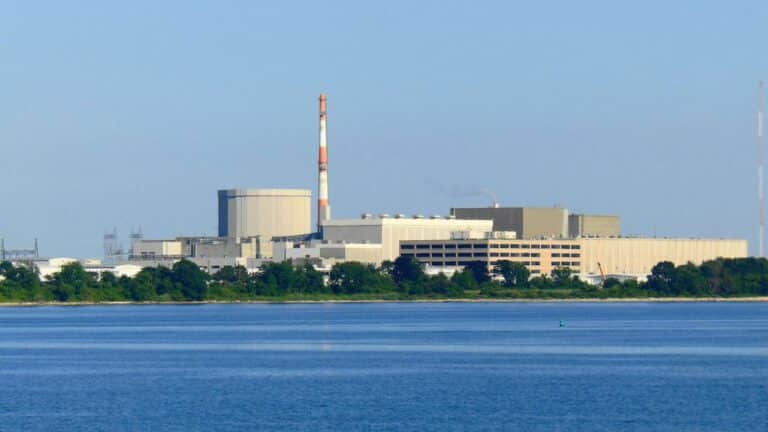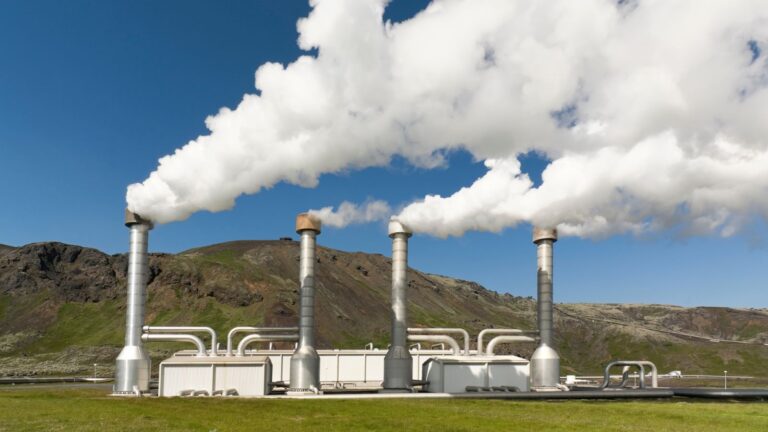Russian LNG sanctions include sales to non-EU countries – EC
EU’s 2027 Russian LNG ban bars EU firms from diverting cargoes to non‑EU countries; affected companies can declare force majeure, the European Commission says.
Current Access Level “I” – ID Only: CUID holders, alumni, and approved guests only
Reports by Julio Friedmann, Emeka Ochu & Jeffrey D. Brown • April 28, 2020
This report represents the research and views of the author. It does not necessarily represent the views of the Center on Global Energy Policy. The piece may be subject to further revision. Contributions to SIPA for the benefit of CGEP are general use gifts, which gives the Center discretion in how it allocates these funds. More information is available at Our Partners. Rare cases of sponsored projects are clearly indicated. For a full list of financial supporters of the Center on Global Energy Policy at Columbia University SIPA, please visit our website at Our Partners. See below a list of members that are currently in CGEP’s Visionary Annual Circle.
(This list is updated periodically)
Occidental Petroleum Corporation
Carbon capture, use, and storage (CCUS) is a key pathway to rapidly and profoundly reduce greenhouse gas emissions from large point sources such as power plants in a cost-effective way. While other kinds of low-carbon power receive widespread policy support aligned with today’s capital markets, CCUS projects lack sufficient policy support to obtain conventional financing. This suggests additional policies are needed to bring CCUS forward in commercial power market deployment.
The authors undertook an analysis to help predict which policy configurations would incentivize widespread deployment of CCUS in the US electric generation industry. We examined a set of options and applied them to representative existing US power plant types—supercritical pulverized coal and natural gas combined cycle—with two ownership/revenue structures: traditionally regulated, vertically integrated investor owned utilities (IOUs) and independent power producers (IPPs) selling to IOUs under regulator-approved contracts. We used conventional models typical of a project finance assessment and determined which policies would be effective at attracting financing.
The government broadly has two options to make an energy project more economically feasible: It can lower the owners’ costs through capital incentives (such as an investment tax credit or accelerated depreciation) and provide revenue enhancements (such as production tax credits, contracts for differences, or guaranteed power contract requirements). We modeled the financial performance of policy designs on various power plants based on fuel, generation technology, and ownership type. The analysis yielded these key findings:
In considering policy design to decarbonize existing power plants, policy makers should take into account more than just the cost of CO2 capture. They should consider ownership structure, fuel type, plant efficiency, and policy mechanisms to achieve the desired outcomes. Policy recommendations should differ for stimulating adoption of carbon capture for coal plants versus gas plants, for ensuring the lowest total system costs, or for realizing the fastest decarbonization potential.
Future project finance analyses should reflect the presence or absence of CO2 storage or transportation infrastructure, the vintage and efficiency of specific plants, regional differences in power markets, rapid technology changes available for both new and retrofit plants, and applications outside power generation.

The US Secretary of Energy Chris Wright has directed the Federal Energy Regulatory Commission to make a rule that would help rapidly move electricity onto the US grid in large amounts.


Full report
Reports by Julio Friedmann, Emeka Ochu & Jeffrey D. Brown • April 28, 2020